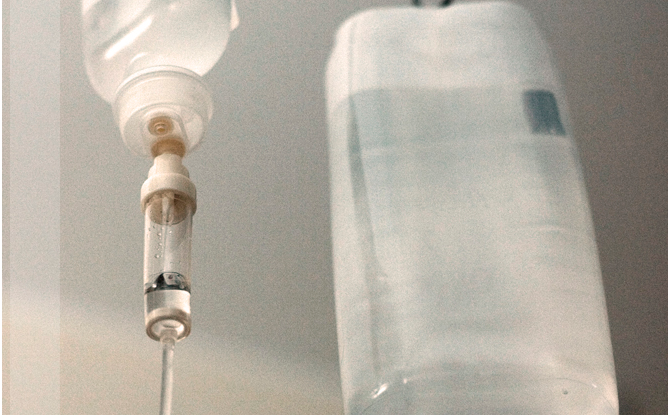On Curing Cancer With Molasses And Baking Soda: Can Vernon Johnston's Story Teach Us Anything?

Vernon Johnston is a different type of cancer survivor. When his doctors diagnosed him with metastasized, stage IV prostate cancer, he didn’t bother with traditional, scientifically validated treatment programs. Instead, he turned to an alternative method known as “high pH therapy.” Substituting cytotoxicity with baking soda, molasses, and other lowbrow household items, he was able to raise his pH levels to alkalinity.
12 days later, his cancer was gone.
According to the alternative medicine publication Natural Society, Johnston’s brother had recommended cesium chloride — a type of salt derived from the alkali metal caesium. Unfortunately, the remedy got lost in the mail. Instead, Johnston turned to an alkaline concoction of bicarbonate and molasses.
“I read that cancer cells become dormant at pH 7.0 and 7.5 plus or minus a few tenths (this is not an exact science and I am no scientist anyway) and kills them dead at 8.0 and 8.5,” he writes. “That was my goal. To kill them dead and hoping that bone cancer was a willing victim.”
Cancer & Alternative Treatment
Johnston’s story, which can be read on his website, exemplifies the polarizing emergence of alternative success stories. On the one hand, the all-natural treatment appears to have worked just fine. A few months after he received the terminal diagnosis, the metastasized cancer had receded from his bones as well as his prostate area. Today, he is alive to tell his story.
On the other hand, such miraculous treatments obviously do not fall within the same scientific parameters of consistency and efficacy as conventional therapy. If they did, cancer would not be a problem anymore. With research funding and medical costs running a $210 billion annual tab in the U.S. alone, it is difficult to imagine that a greedy medical establishment is withholding a universal cure. More than half of these costs are indirect mortality costs, which means that about $130 billion doesn’t redound to the benefit of government, hospitals, or pharmaceutical companies. We’re talking about a sum equal to the state of Kansas’ nominal GDP going up in smoke annually.
Instead of vilifying the medical industry or dismissing Johnston’s story as a lie, it might be more reasonable to view the cumulative research effort for what it is: science. Like all scientific inquiry, cancer research is a systematic enterprise concerned with observation, results, reproducibility, and uncertainty. Until these inquiries converge in a final solution, we should be mindful of parallel theories and beliefs.
Published by Medicaldaily.com



























